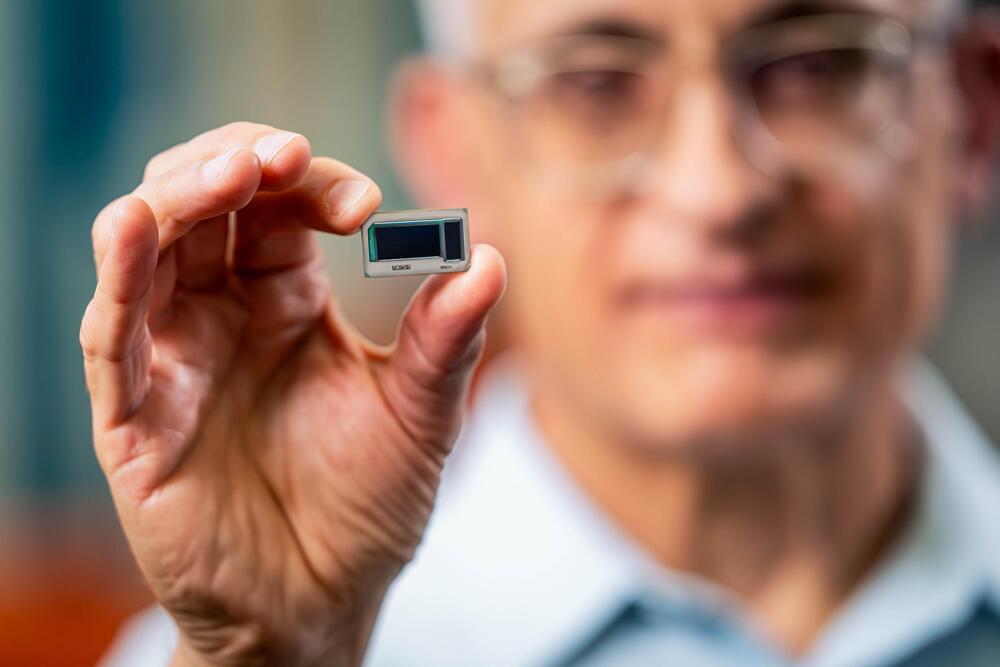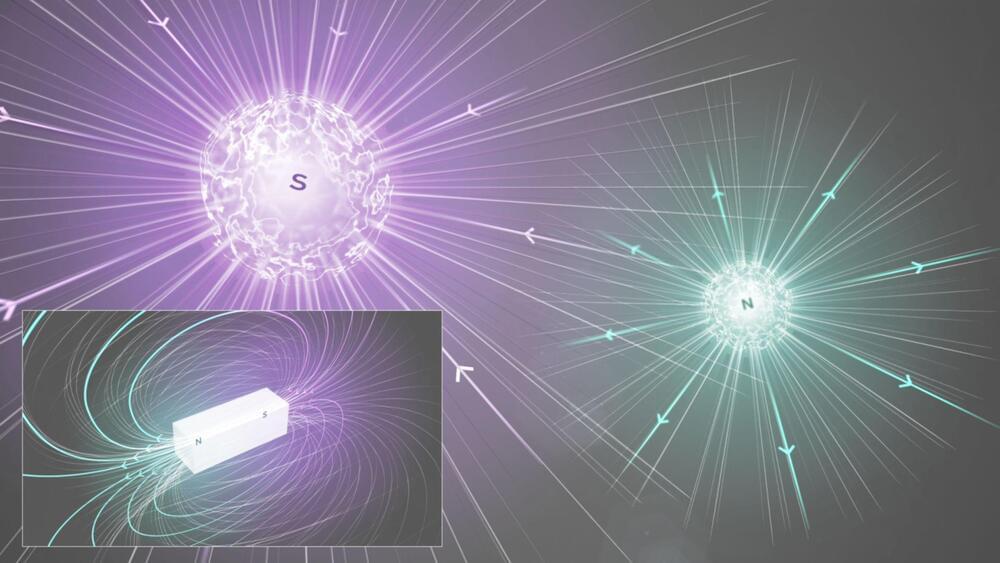We’ve highlighted a lot of bright innovators over the years, usually before they become household names. Sergey Brin of Google was on the list in 2002. JB Straubel was honored in 2008 when he was CTO of Tesla. That year also saw Andrew Ng make the list (he’s one of the biggest names in AI right now, and he came back this year to write an intro essay, which I highly recommend.)
As I looked through the folks who made the list in the climate and energy category in 2023, I noticed a few trends. In particular, there was a concentration in two areas I think a lot about: batteries and fuels. So let’s take a closer look at a few of this year’s innovators and consider what their work could mean for the future of climate action.
As you probably know if you’re a frequent reader here, I see batteries as one of the most crucial pieces of technology in the fight to address climate change. Not only are powerful, long-lasting batteries crucial to electrifying vehicles and other forms of transportation, but they are expected to play a growing role on the grid, storing energy from intermittent renewable sources like wind and solar for when it’s most needed.






